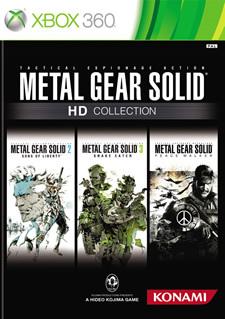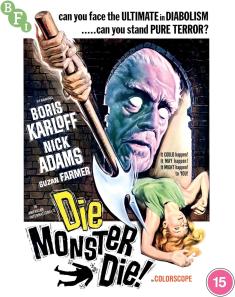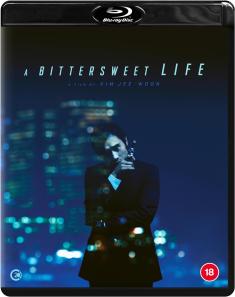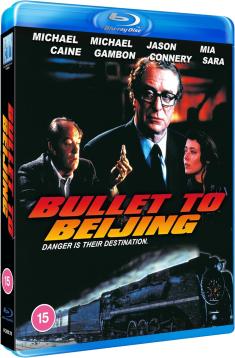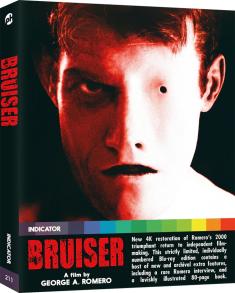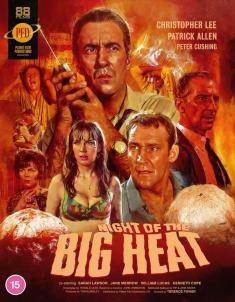Metal Gear Solid HD Collection
Overview -
Slowly but surely, any reason to hang onto your old PS2 has been disappearing. For PS3 owners, HD collections have seen “God of War” and “God of War 2” ported to the console as well as the PSP offerings, with greatly enhanced graphics. For me a few games still had me clutching my treasured fat-model PS2, and now thanks to these glorious, value priced collections, PS2 and remaining games have been passed on. “The Metal Gear HD Collection” is one such release, gathering not only “Metal Gear Solid 2: Substance” (aka “Sons of Liberty) and “Metal Gear Solid 3: Subsitenence” (aka “Snake Eater”) but a key piece in the saga’s story, told on the handhold PSP, “Metal Gear Solid: Peacewalker.” All three games arrive on the Xbox 360 with enhanced HD graphics and a few tricks up their sleeve.
Video Review
No one should expect any of these games (especially Peacewalker) to challenge this generation’s top-tier titles for the crown of “best looking game,” but much to my own astonishment, all three titles are still stunning, holding their own respective grounds and putting a lot of this generation’s second-tier and below faire to shame.
The most shocking is “Peacewalker” which despite being the “worst” looking of the bunch, continues to baffle me as being a title that debuted on a handheld system. It has the roughest textures, with character models having the slightest rough edges and the overall textures being fairly generic and ultimately repetitive in specific areas. Smoke and fire effects are definitely the biggest strain on the engine and the constant reminder this was a “smaller” game compared to MGS 2 and MGS 3. There’s also a fair bit of a framerate drop during the bigger mech fights that towards the end of the game may cause some cheap damage to the player. The remainder of the game runs smoothly though and is still eye pleasing.
“MGS 2” and “MGS 3” are both a step-up, with smooth textures and a consistent, muted color palette. “MGS 3’s” jungle areas retain their claustrophobic nature and have a few surprises for players including light and shadow effects that didn’t look nearly as good on the PS2. Both titles run smoothly and the enhanced widescreen presentation of “MGS 3’s” cinematics continues to blur the line between game and film. The bottom line, is all three titles are definite upgrades in the visual department and the great translation will help more jaded players focus on the story and game play rather than “old” graphics.
Audio Review
The sound design across all three games is still impressive, with the first two entries sporting aggressive, Hollywood action film scores, due in no small part to composer Harry Gregson-Williams’ tutelage under Hans Zimmer and his work on some late 90s Michael Bay spectacles. The voice work is unchanged with David Hayter’s icy line delivery the unifying factor across all three games, although the supporting cast are no slouches and most fans might say Cam Clarke and Patrick Zimmerman give Hayter a run for his money in “MGS 2.”
Effects as with the rest of the sound design are crisp and distortion free, although they do lack the weight and impact of more modern entries and in particular the jungle environment of “MGS 3” isn’t nearly as immersive as per say, “Bioshock 2’s” metallic lined underworlds. “Peacewalker” is actually the most impressive of the lot if only for it’s handheld origins, proving to hold equal footing with it’s console predecessors.
Despite the initially awkward controls for “MGS 2” and “MGS 3,” the “Metal Gear Solid HD Collection” is a mind blowing value of entertainment that serves as a testament to the quality of game design of generations past. While not as graphically competitive as top tier games of this generation, it still puts a good portion of this generation to shame. To top it all off, the games are still intense and gripping from a narrative standpoint and at the end of the day $50 for what actually equals out to five games, is a deal too foolish to pass by.
